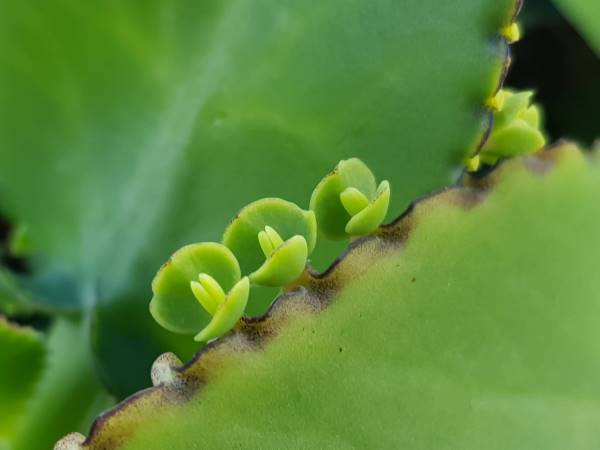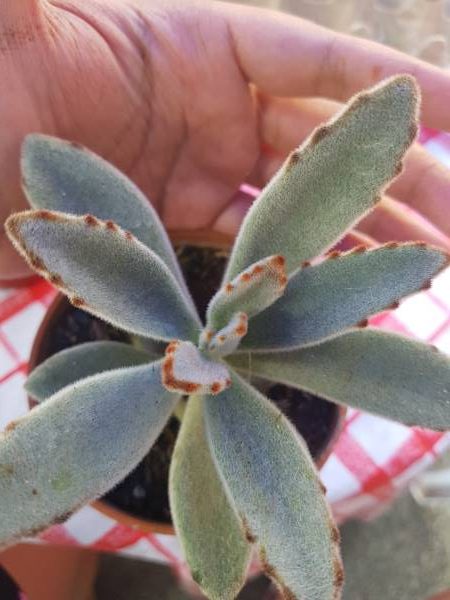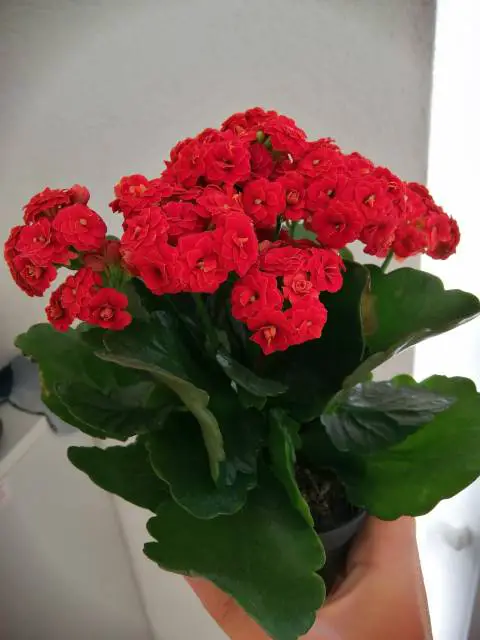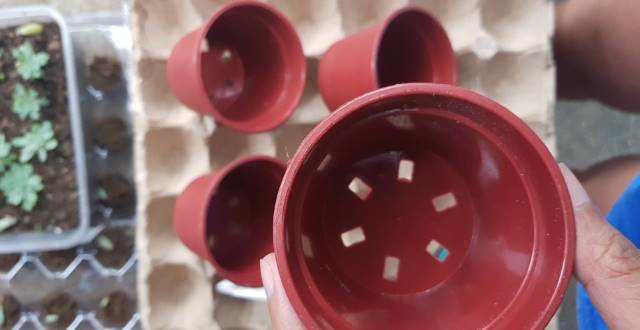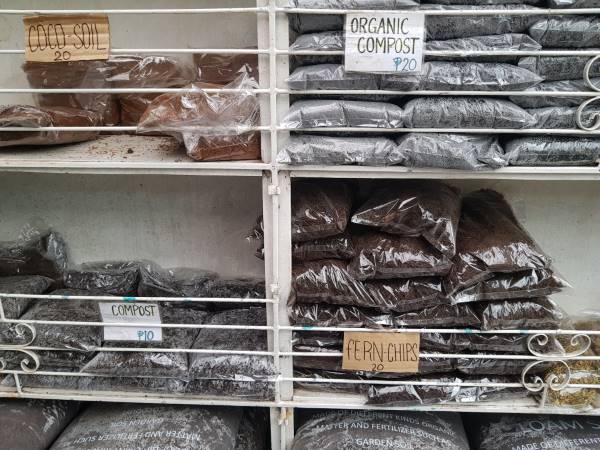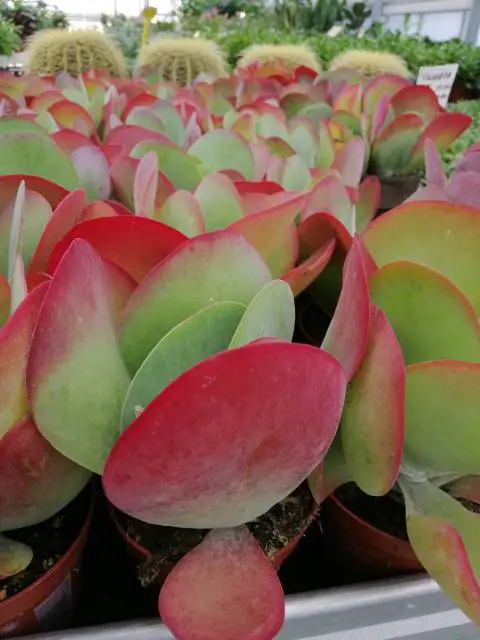Kalanchoes are beautiful flowering plants that are available in attractive deep red, pink, purple, yellow, and white blooms. Among them, Kalanchoe blossfeldiana and Kalanchoe tomentosa are the most popular and widely grown species due to their lovely appearance and low maintenance.
Kalanchoe succulents are not only popular for their colorful blooms they also offer a variety of leaf patterns and structures. They have thick and fleshy leaves that give the plants an unusual appearance. With their amazing beauty and textures obviously, you would like to have them brightening up your indoor and outdoor space for a long time.
How long does a Kalanchoe live?
There is not a fixed life span for Kalanchoes. It generally depends on how well they are taken care of and in which environment they are growing. With the right amount of care and attention under the right conditions, they can keep growing for a long time.
Kalanchoes may appear annual but actually, they are perennial with a considerably long lifespan due to their unusual reproductive potential. Though Kalanchoe succulents are perennial plants, people often tend to discard them once they are done with blooming. For many people, throwing away the plants they love can be a painful process.
Instead of dumping, you can force your Kalanchoe succulent to bloom again with just a little extra effort. For details, you can check our blog on how to make Kalanchoe succulents bloom again. http://kalanchoe-succulent.com/4-ways-to-make-your-kalanchoe-bloom/.
What is an annual or perennial plant?
Annual plants are those plants that complete their life cycle from germination to seed production within a single growing season and die. A perennial plant is one that lives for more than 2 years.
Perennial life of Kalanchoe succulents
A Kalanchoe succulent produces very small seeds after blooming and successful pollination with the help of hummingbirds. Hummingbirds act as natural pollinators of Kalanchoe succulents that carry the pollen along with their bodies from the male reproductive part to the female reproductive part of the same flower or a different flower. After the blooming period is over, the parent plant keeps growing till the next year.
Though Kalanchoe produces seeds, it mainly reproduces and rejuvenates through tiny plantlets. Tiny miniature leaves grow in a border-like manner on each parent plant’s leaf margins

These miniature leaves can readily fall off from the parent plant and start growing wherever they fall. The removal of plantlets and dead blooms or leaves from the parent plant can be helpful because after their removal the succulent invests its energy in the production of new flowers in the next season.
What is the growth Habit of Kalanchoe succulents?
Kalanchoe succulents have a slow-growing habit that makes them perennial plants. Throughout the life cycle, the succulent reaches only 12 inches in height. The Kalanchoes remain short-statured due to the extreme conditions that a plant usually suffers. Kalanchoes are mainly desert succulents, that survive well in drought conditions or dry environments.
These succulents store water in their leaves and stems, therefore they rely on the stored water that helps them to survive in the dry environment for a long time.
Kalanchoes bloom in the milder temperatures of spring and winter seasons not in the hot summers when the temperature is comparatively high, so their energy is invested in survival rather than reproduction.
When and how a Kalanchoe grows like an annual plant?
Kalanchoes act like annual plants if the tiny plantlets take over the surrounding soil and start growing wildly. If there are multiple plantlets around the parent plant, they will take the moisture and nutrients from the soil at a rapid rate
The competition for acquiring nutrients and moisture between the plantlets and the parent succulent can stress the parent plant that ultimately dies due to the stress. We all know how badly nutrient and water stress can affect the plants. Therefore, the removal of plantlets is necessary to reduce the competition and allow the parent plant to grow healthy. If the parent plants are separated from tiny plantlets, then they will start growing as perennial plants.
How to control the blooming period of Kalanchoes?
Being a perennial succulent, the Kalanchoes can generally live longer than a year. The vegetative growth or flowering of the succulents can be controlled. The Kalanchoes bloom in the winter or spring season when the daylight period is short because they need more exposure to the dark for successful blooming.
If the succulents are covered for more than 12 hours a day (to ensure a short daylight exposure), it will start blooming. The exposure to increased hours of daylight promotes more vegetative growth instead of flowering. If the succulent does not bloom it invests its energy in plantlet growth that is ultimately beneficial for propagating new Kalanchoe succulents.
Bottom Line
In conclusion, Kalanchoe succulents are perennial plants that can stay alive for several years. But most people discard their succulents once the blooming phase is over. Keep in mind that even if the Kalanchoe is done with blooming its vegetative part is still alive. With the right amount of care, the Kalanchoe succulents can keep growing and blooming for years and rewarding you with their beautiful blooms and appearances. We encourage you to stop discarding your Kalanchoe succulents and force them to bloom again. It might take a little effort but the results will be amazing.
For more questions and queries related to How to care for your Kalanchoe succulents do write to us anytime.
Have a great time planting.

